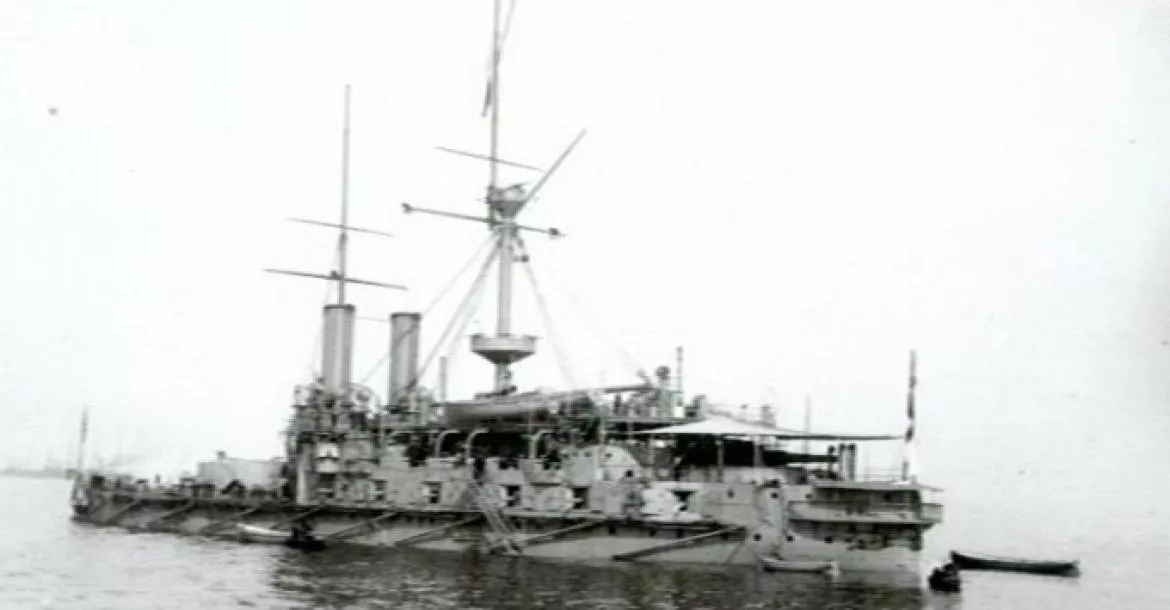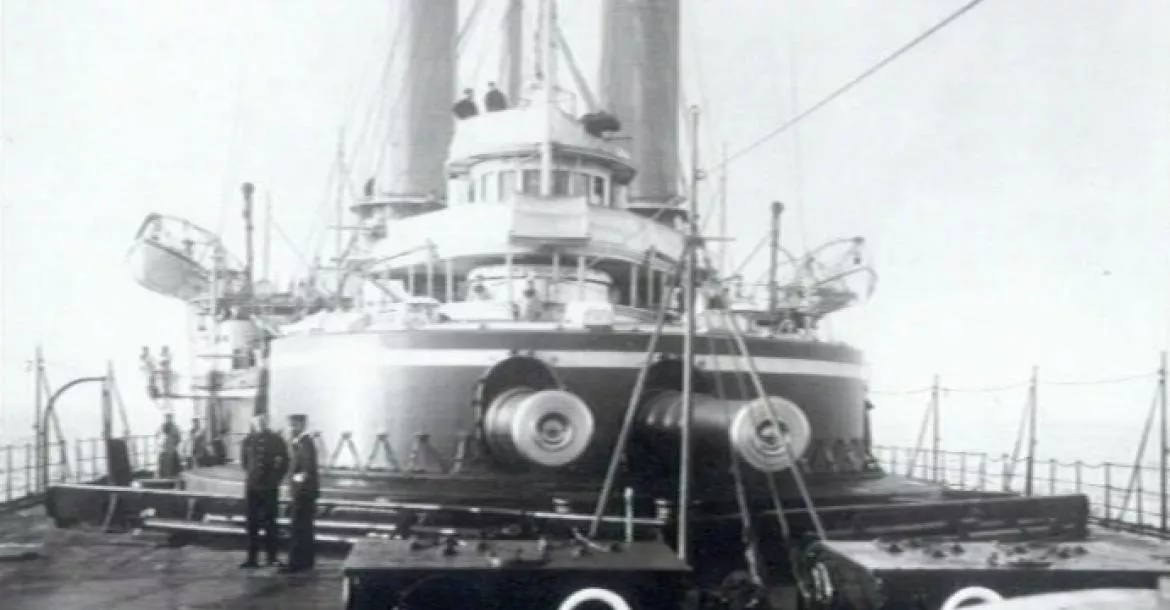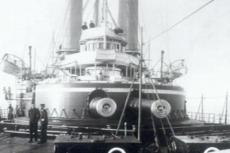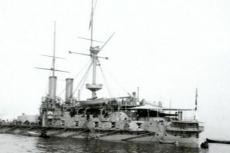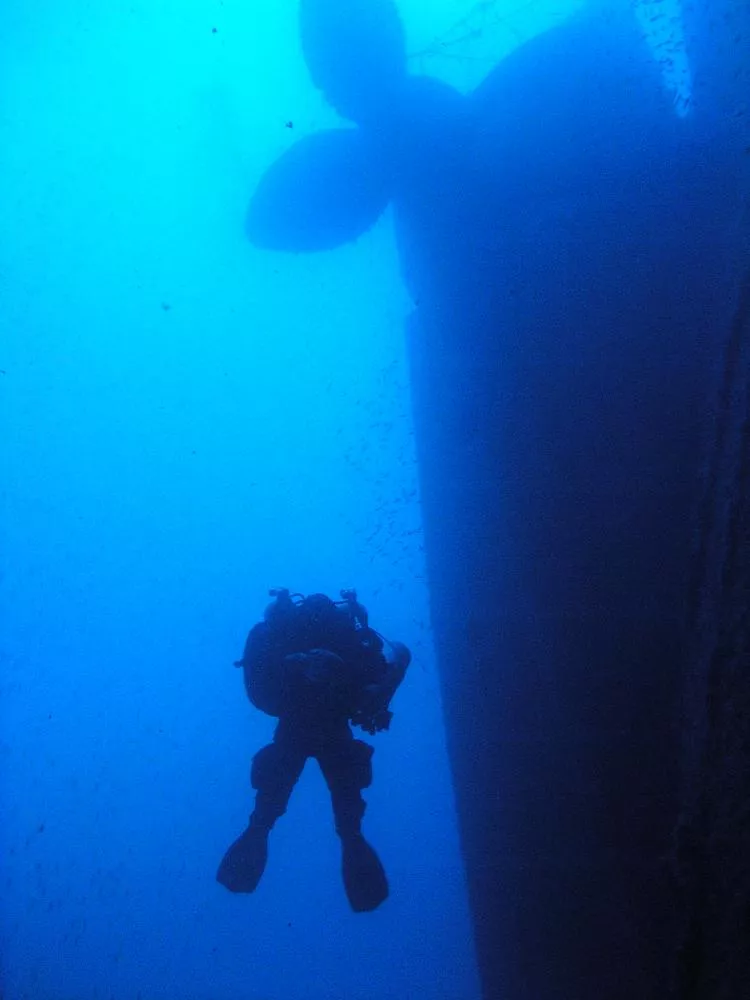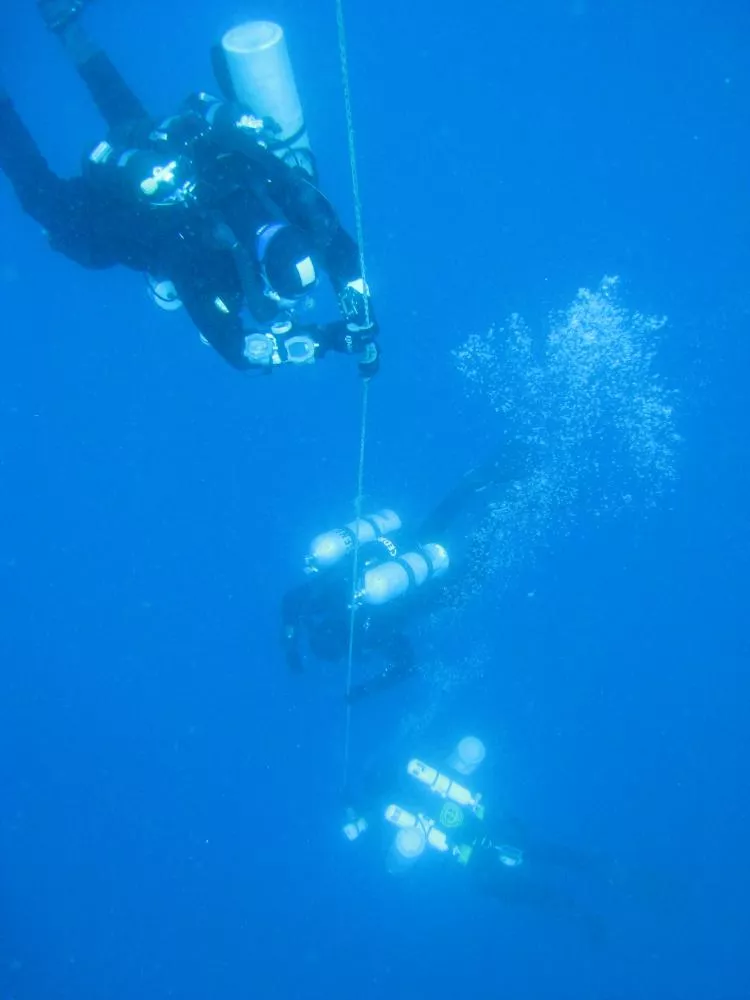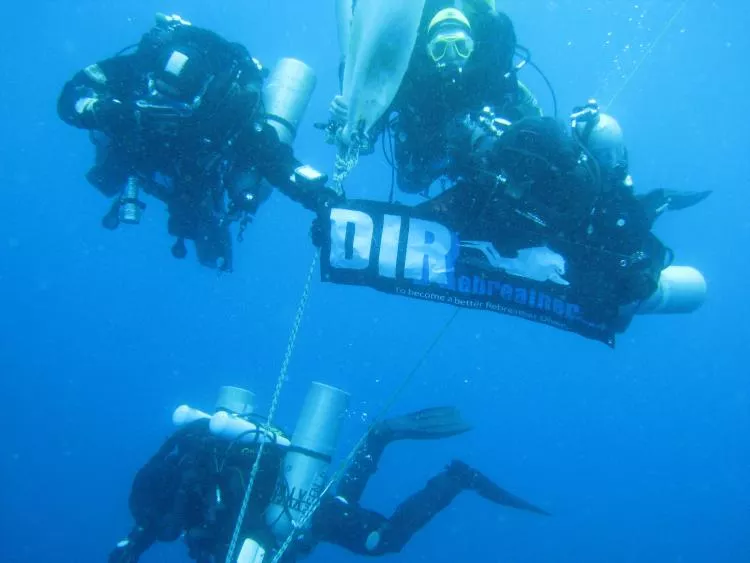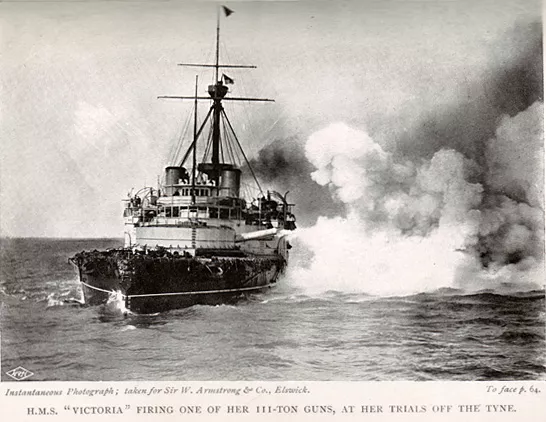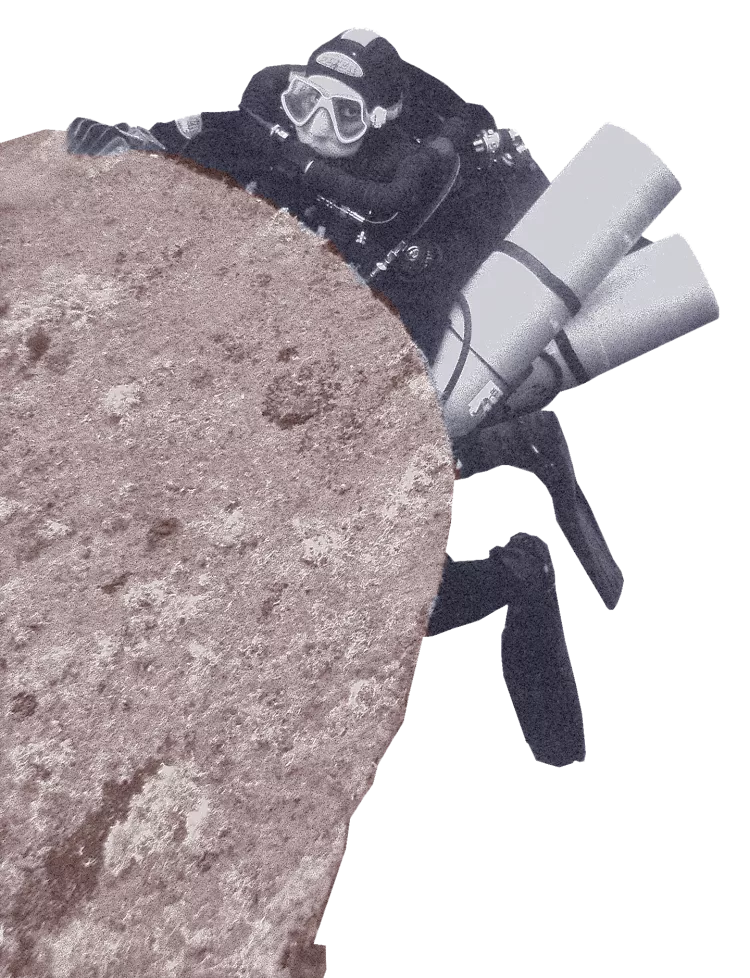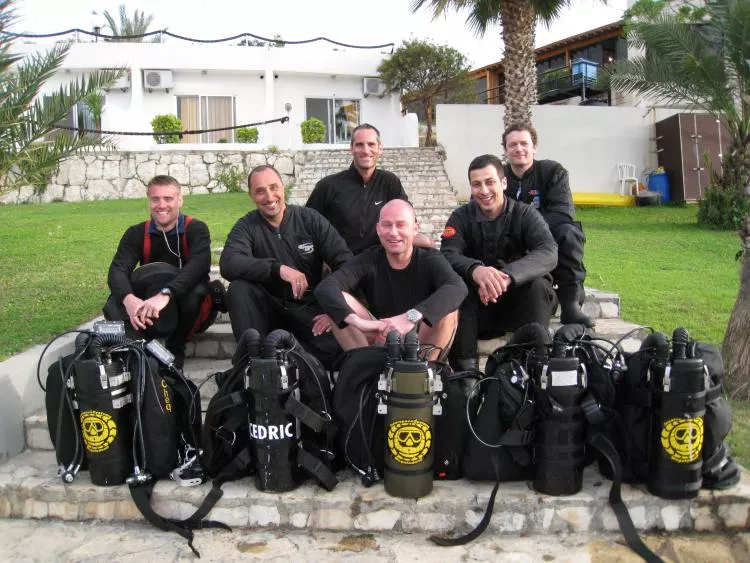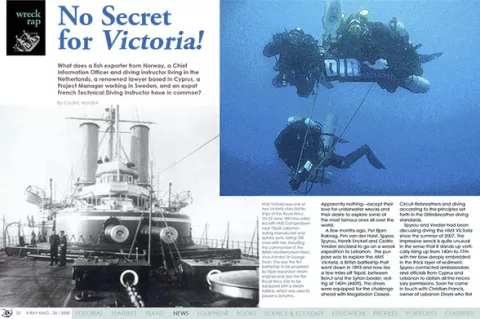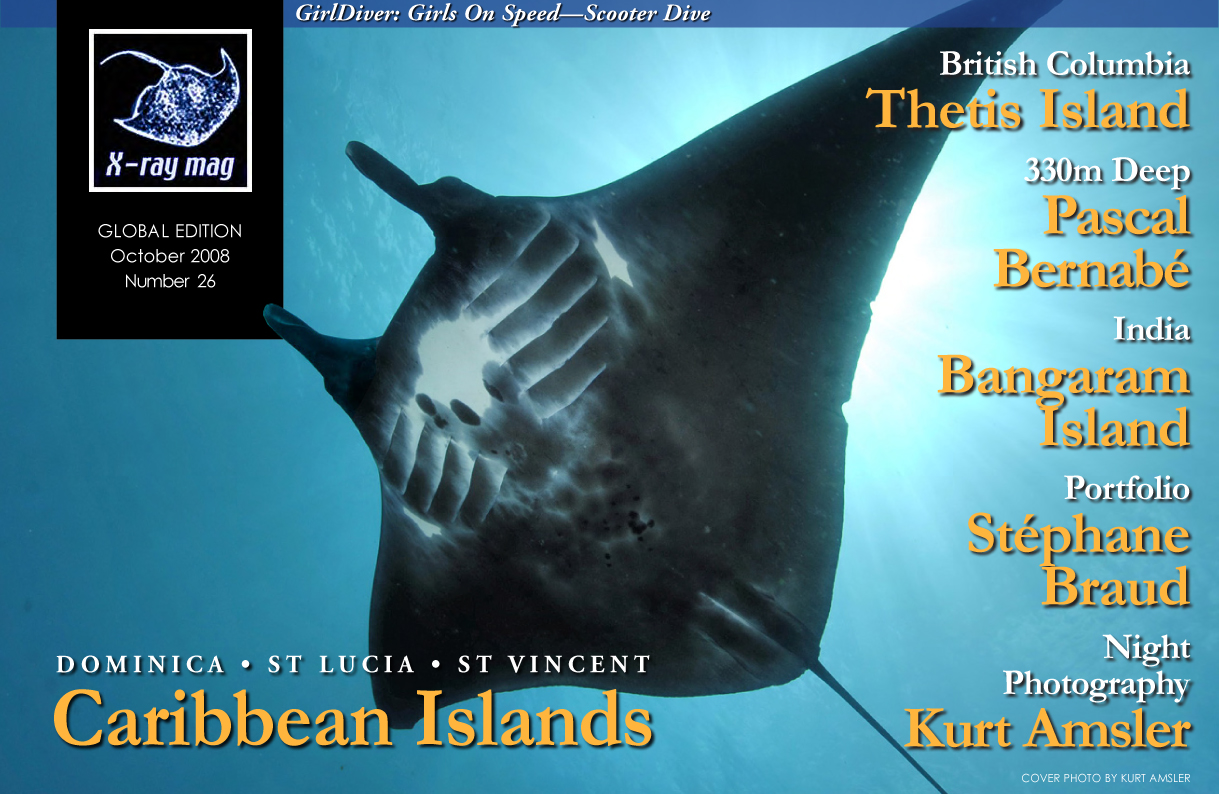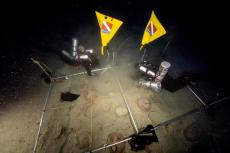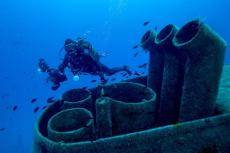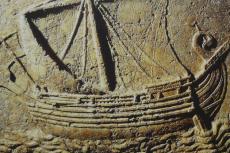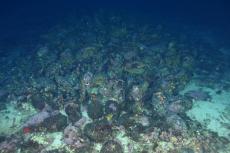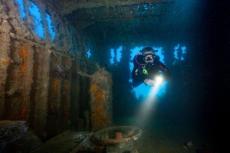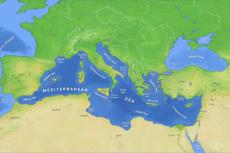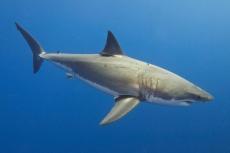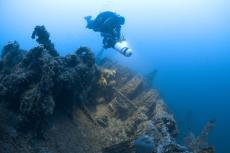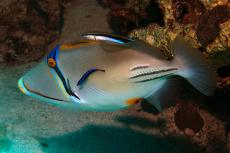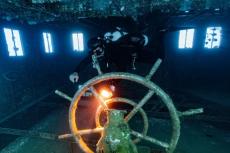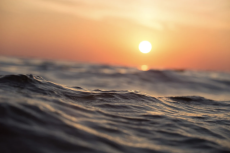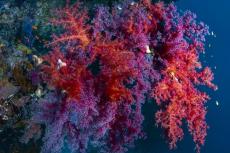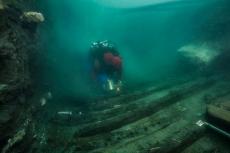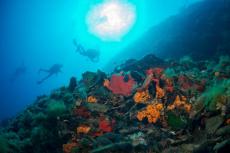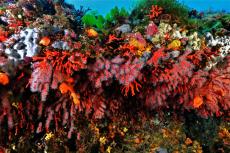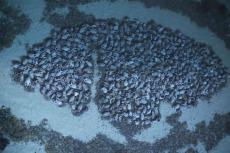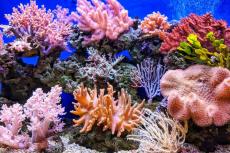What does a fish exporter from Norway, a Chief Information Officer and diving instructor living in the Netherlands, a renowned lawyer based in Cyprus, a Project Manager working in Sweden, and an expat French Technical Diving Instructor have in common?
Contributed by
Spyrou and Verdier had been discussing diving the HMS Victoria since the summer of 2007. The impressive wreck is quite unusual in the sense that it stands up vertically rising up from 140m to 77m with her bow deeply embedded in the thick layer of sediment. Spyrou contacted ambassadors and officials from Cyprus and Lebanon to obtain all the necessary permissions. Soon he came in touch with Christian Francis, owner of Lebanon Divers who first located the wreck.
During that time, thanks to the DIRrebreather forum and its members, Verdier spoke with several experienced rebreather divers who wanted to participate in this interesting project, and before long, a team was formed.
However, it takes a good deal more than dedication and tenacity to get a project like this off the ground. You also need experience, and above all, financing.
The plan was for the team to first gather in Cyprus a few days before the trip to Beirut, but airlines sometimes work in mysterious ways, and as a consequence of multiple delays, some of the participants had to go directly to Lebanon. Some of them even used a Rolls-Royce as a taxi to the airport!
Lebanon!?
When you mention to someone that you are going to Lebanon, you get this same strange expression back—a delicate mix of surprise and worry. Lebanon is anything but the usual, off-the shelf diving destination. After so many years of civil wars, conflicts with the neighbouring countries, and military actions against extremist groups, Lebanon is not any more the coveted and classy tourist destination that it once was.
The southern border is still quite “active”, and Beirut International Airport has been closed repeatedly in the recent years. But one has to admit that Lebanon is a beautiful country, and it is well known for its surprising nightlife, its extremely rich archaeological heritage, and the warm hospitality of its inhabitants. Lebanese people, most of whom are multi-lingual, have also learnt to live with war and enjoy peaceful moments in their stunning landscapes.
Once very westernized in their tastes, religion and manners, Lebanese people enjoyed close ties to France and the UK. That is also the reason why a fleet from the Royal Navy went to anchor off Tripoli, a couple of hours north of Beirut. According to the Naval Historical Collectors and Research Association (Review Autumn 2007):
Within only 13 minutes, during which most of the crew managed to abandon ship, the proud battleship was pulled downward by the weight of 111 tons of her two forward-mounted main guns in their huge turret, while still being driven forward by her churning propellers.
After reading about a very epic court martial of the main officers involved at that time, and the many documented attempts to find the wreck, Christian Francis, a local Dive Centre owner, finally found her resting place, exactly where the battleship was last spotted by the nearby Tower of Lions.
Why was the wreck so difficult to find? Simply because the wreck of HMS Victoria stands up vertically, which her bow deeply buried in a thick layer of mud, making searches with a depth sounder very difficult.
Diving Victoria
If you ask the five DIRrebreather members who explored this wreck in April what impressed them most about this wreck, you’ll get five different answers.
Spyrou will tell you that “this wreck is clearly like no other, as it’s so weird and disturbing to go down along what you are used to see as being horizontal”. Van der Horst and Rakvag will speak about the pictures they took of the two impressive propellers pointing toward the surface.
Enckell will maybe mention the artefacts and portholes, the fishing nets, and the huge rear gun he looked at for a few minutes. Verdier couldn’t help but explaining how a wreck of this kind could accommodate any level of Trimix Divers, ranging from the comfortable tour of the stern at 77m/250ft to the extreme exploration of the wreckage at 140m/460ft. In other words, it looks like Victoria’s got something for everyone!
These five rebreather divers were so fortunate to arrive during perfect weather conditions to explore the whole wreck. They shot pictures and videos, paying their price at the end of the end with long decompression stops in 18° C (64F) cold water.
Thanks to the robustness of their Megalodon rebreathers, they didn’t experience any single equipment failure during their expedition in Lebanon. All the dives were done according to strict DIRrebreather team procedures, using standards mixes, setpoints and decompression schedules.
None of the participants suffered from any sign of decompression sickness, which is an absolute requirement bearing in mind the remoteness of the location and the relative lack of state-of-the-art recompression chamber.
Apart from the trouble eating the local corned beef, everyone participated in a safe and extremely enjoyable deep rebreather diving expedition.

